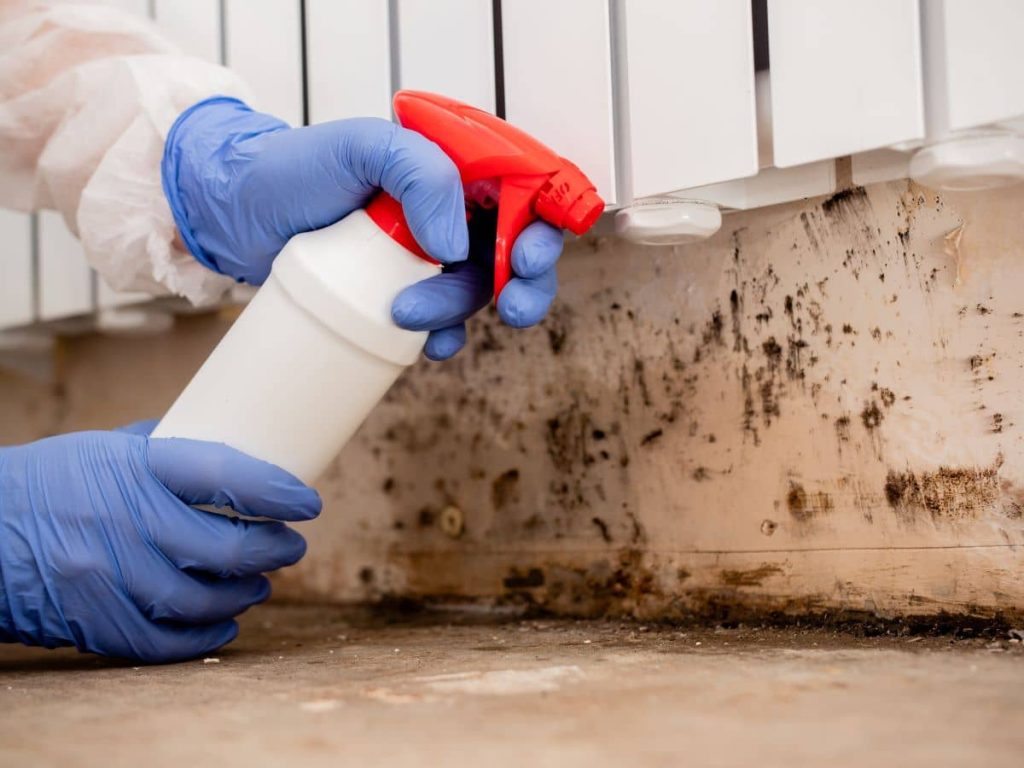Molds are fungi that are found naturally in the environment, both indoors and outdoors. Certain conditions are needed, however, for indoor mold to start growing in homes and buildings. Understanding how molds enter the indoor environment and the factors that promote their spread can help prevent mold problems.
•Molds enter through openings.
Molds enter the indoor environment through openings in foundations, roofs, walls, ventilation systems, and more. High humidity, flooding, leaks or other water damage provide entry points for molds to get inside. Small cracks in basements, crawl spaces and attics also allow molds to infiltrate.
•Spread through air circulation.
Once molds enter the home, they can spread throughout the building through circulating air. HVAC systems, fans, and air currents help distribute molds through vents, ducts, air handlers and other passages. Contaminated materials can then serve as mold breeding grounds throughout the home.
•Require moisture and nutrients.
Different types of molds have varying requirements, but they all need moisture, oxygen, and nutrients to survive and grow. Excessive humidity, standing or seeping water, high moisture levels in materials, and water damaged components provide the necessary moisture for molds. Organic materials like paper, fabrics, wood, insulation, and dust act as nutrients.

• thrive in humid, damp environments. Most common indoor molds, like Cladosporium, Aspergillus, Penicillium, Alternaria, and Stachybotrys (toxic black mold) thrive in humid environments with moisture levels over 50% relative humidity. Sustained high humidity and dampness are ideal conditions for mold outbreaks. Reducing indoor humidity is key to mold prevention and control.
•Spread through poor HVAC maintenance. Lack of maintenance, especially filter changes and duct cleaning, allows for buildup of dust, dirt and moisture in HVAC systems that provides mold growth. Stale air also promotes mold spread as circulated air does not get filtered or cleaned effectively. Regular HVAC maintenance helps limit conditions for mold thriving.
•Problems from lack of source control. Often, the source of excess moisture that leads to mold problems is not properly addressed. Root causes like leaks, leaks, spills or plumbing issues must be identified and repaired to truly fix mold contamination. Partial fixes will only allow mold issues to continue or return worse than before due to consistent access to necessary conditions for growth.
In summary, molds are able to enter the home through various entries and passages and then spread through circulating air when conditions are right for growth like high moisture, nutrients, and humidity. Lack of maintenance and source control for excess moisture lie at the root of most home mold problems. Keeping humidity in check, eliminating standing water, and fixing any sources of access or moisture for molds will help prevent them or remedy concerns effectively and safely.

